Ever wondered why the bathroom is the go-to spot for medicine cabinet in most homes? At first glance, it makes sense—after all, bathrooms are central to our daily hygiene routines. But when you really think about it, storing medicine in the bathroom comes with its own set of drawbacks and peculiarities. Whether you're planning a remodel or simply questioning the status quo, let's take a closer look at why so many people keep their medicine cabinets in the bathroom and whether that’s truly the best spot for them.
l Introduction
l Why Reconsider Medicine Cabinet Storage?
l Alternative Storage Locations
l Steps to Organize Your System
l Maintenance Tips for Long-Term Organization
l The Benefits of a Smarter Storage Setup
l Call to Action
What Is a Medicine Cabinet, and Why Do We Love It?
Before we dive into the bathroom debate, let's first define what a medicine cabinet is. Essentially, a medicine cabinet is a small, wall-mounted storage unit designed to house personal care items, first-aid kits, and, of course, medicines. It’s a practical solution, offering easy access to everyday essentials like pain relievers, bandages, toothpaste, or skincare products.
But why are many medicine cabinets found in bathrooms? The answer lies in a mix of tradition, convenience, and a few outdated assumptions.
The History of Medicine Cabinets in Bathrooms
The tradition of putting medicine cabinets in bathrooms dates back to the mid-20th century when bathrooms began evolving from purely functional spaces into more comprehensive self-care hubs. Bathrooms simply became a logical spot for storing products you’d regularly use during grooming routines.
More importantly, bathrooms were—and still are—equipped with sinks and mirrors, making them natural stations for activities like washing up, applying skincare, or brushing teeth. Placing medicine cabinets there seemed like the ultimate convenience. A wall-mounted cabinet over the sink allowed homeowners to keep their personal items handy while maintaining a clean and organized countertop. Over time, this placement just stuck.
Does Convenience Always Equal Practicality?

While storing your medicine cabinet in the bathroom feels convenient, it’s not always the most practical—or even the safest—spot for your essentials. Here’s why:
Drawback #1: Heat and Humidity
Bathrooms are hotspots (literally!) for warm, humid conditions caused by showers, baths, or even running hot water in the sink. Unfortunately, the heat and moisture create an environment that’s far from ideal for storing most medications. Products like pills, tablets, and ointments can degrade faster in such conditions, reducing their effectiveness over time.
The U.S. Food and Drug Administration (FDA) actually advises against storing medication in bathrooms for this very reason. Yet, so many of us still keep our daily pills there out of habit!
Drawback #2: Limited Space
Even in larger homes, bathroom layouts typically limit their storage potential. Trying to cram a selection of medications, toiletries, skincare products, and grooming tools into a single tiny cabinet can quickly result in clutter. It also makes finding what you need harder, especially on those hectic mornings.
Drawback #3: Security Concerns
If you have kids or guests frequently visiting, having a medicine cabinet in an easily accessible location like the bathroom can be risky. Curious little hands might find their way into bottles or blister packs, which could pose safety hazards.
Where Else Could a Medicine Cabinet Go?
Now that we understand why the bathroom might not be the best home for your medicine cabinet, let's explore some alternative locations that are both practical and safe.
1. The Kitchen
Surprisingly, the kitchen is often considered a strong contender for housing your medicine cabinet. With its dry and relatively temperature-controlled environment, your medicines are far less likely to degrade. Plus, if your kitchen is the central hub of your home, it might even be more convenient!
However, keep in mind food safety concerns. Always store medications well away from food preparation areas.
2. The Bedroom
Many people are turning to their bedrooms as an ideal storage location. A bedside drawer or dedicated medicine cabinet in the corner of the room can keep your medications safe, organized, and easy to access when needed. You can also control the environment—no humidity issues here!
3. A Hallway Closet
A hall closet can also work well for storing medications and personal care items. With plenty of shelving options, you can separate different types of medicines for easy organization. Just ensure the location isn’t close to heating vents or direct sunlight.
4. A Dedicated Medicine Locker
For families with kids, installing a small, lockable cabinet in a more discreet area can be a great solution. These cabinets keep medications out of reach while offering a temperature-controlled environment.
Choosing the Right Spot for Your Medicine Cabinet
When selecting the perfect spot for your medicine cabinet, consider the following factors:
· Temperature and Humidity: Choose an area that remains cool and dry.
· Accessibility: Ensure the location is easily accessible to those who need it, but secure from kids or unauthorized users.
· Organization: Opt for a space that allows you to neatly organize medications, first-aid items, and personal care products.
Should You Still Keep a Medicine Cabinet in the Bathroom?
For some people, the bathroom will remain the most practical location—especially for items like toothpaste, deodorants, or razors. However, that doesn’t mean it’s suitable for all your storage needs. If you decide to keep a medicine cabinet in the bathroom, here are a few easy tips to reduce its downsides:
· Use Airtight Containers: Store medications in resealable containers to protect them from humidity.
· Ventilate Your Bathroom: Run an exhaust fan or open a window after hot showers to reduce moisture buildup.
· Declutter Regularly: Only keep essentials in your bathroom medicine cabinet and relocate less frequently needed items elsewhere.
Creating a Safe and Functional Storage System
Whether you stick with the bathroom or move your medicine cabinet to a new location, focus on creating a system that works for your household. Use clear containers to categorize items, label bottles clearly, and check expiration dates regularly. These simple steps will ensure a safe, organized, and stress-free storage experience.
The Bottom Line
While the bathroom medicine cabinet remains a classic choice for its convenience, it’s not without its flaws. Heat, humidity, and limited space make it less than ideal for many items—particularly medications. By questioning traditional storage habits and exploring alternative solutions, you can create a smarter, safer system tailored to your needs.
Feeling inspired to rethink your storage system? With a little reorganization, you’ll be well on your way to a clutter-free, efficient setup that enhances your daily routine. Whether your medicine cabinet stays in the bathroom or finds a new home in the kitchen, bedroom, or hallway, one thing’s for sure—organization leads to peace of mind!

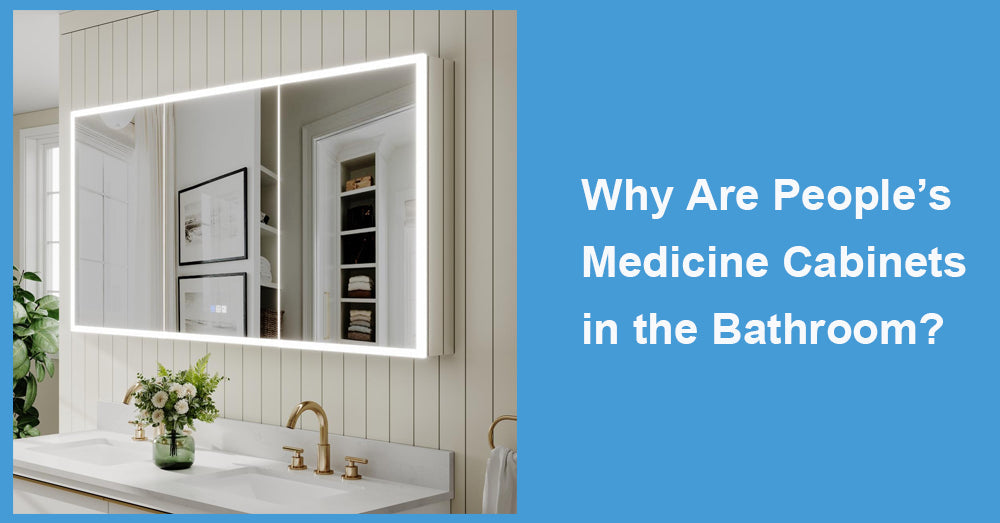
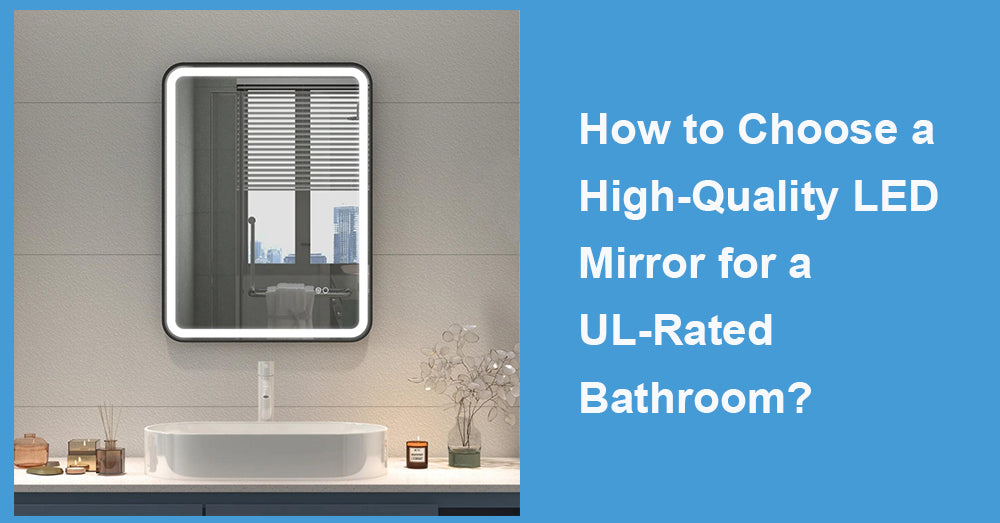
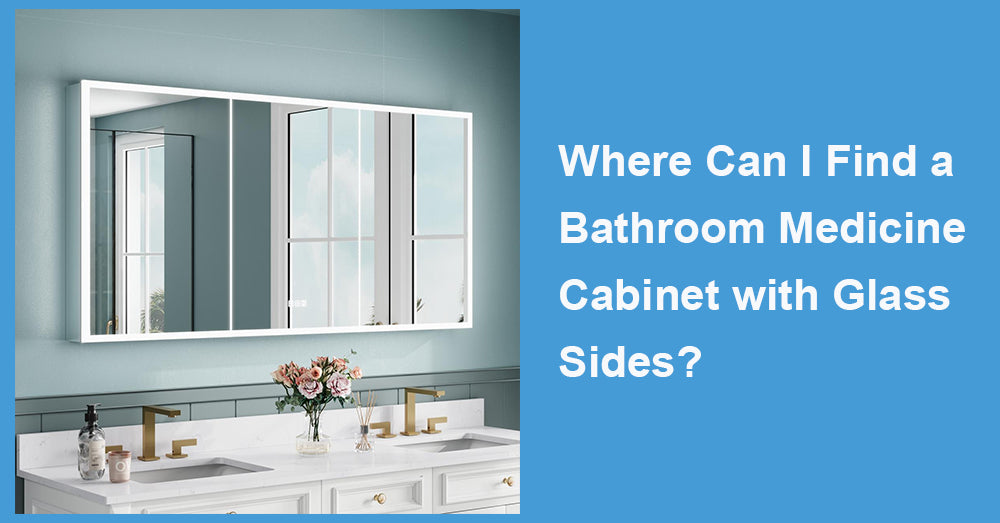
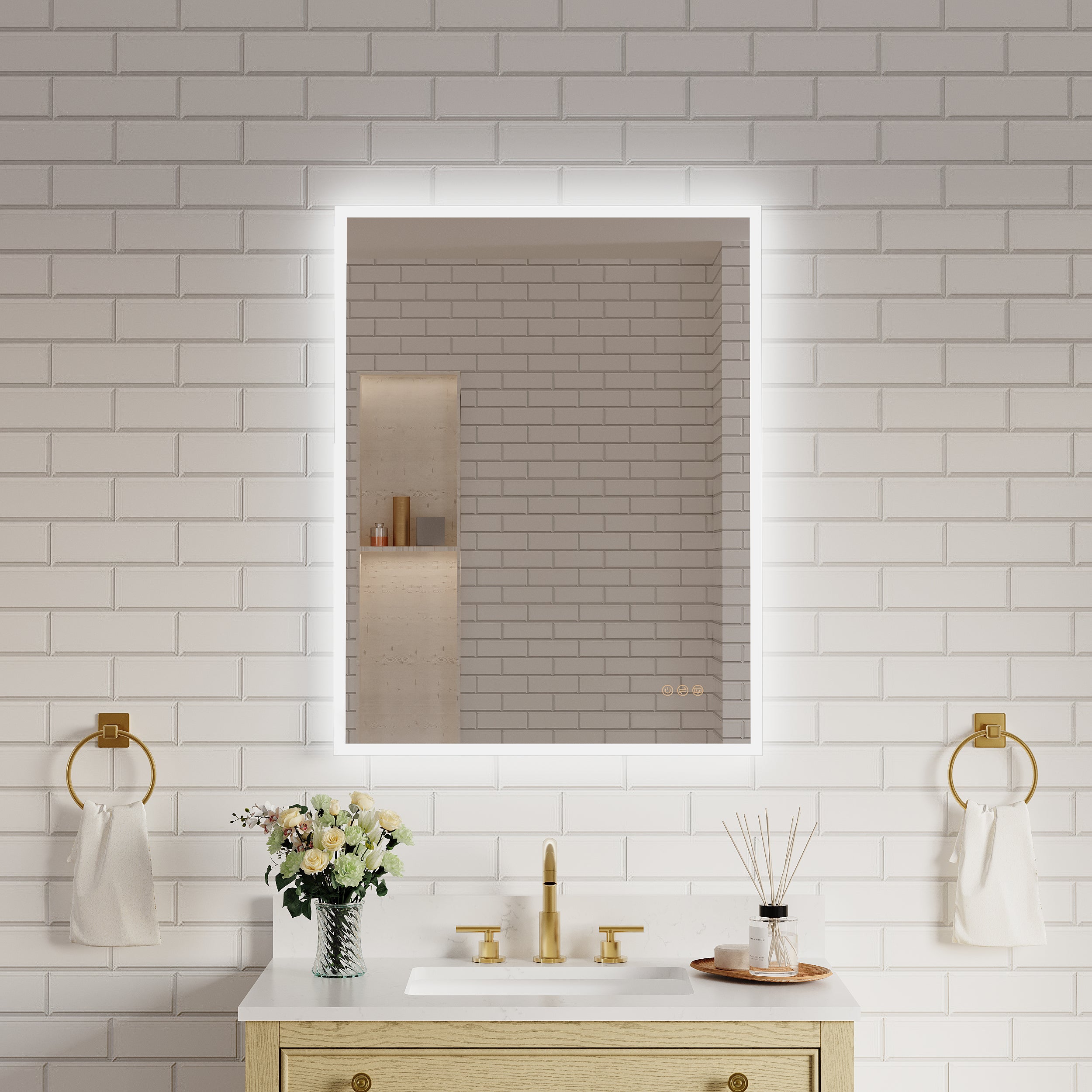

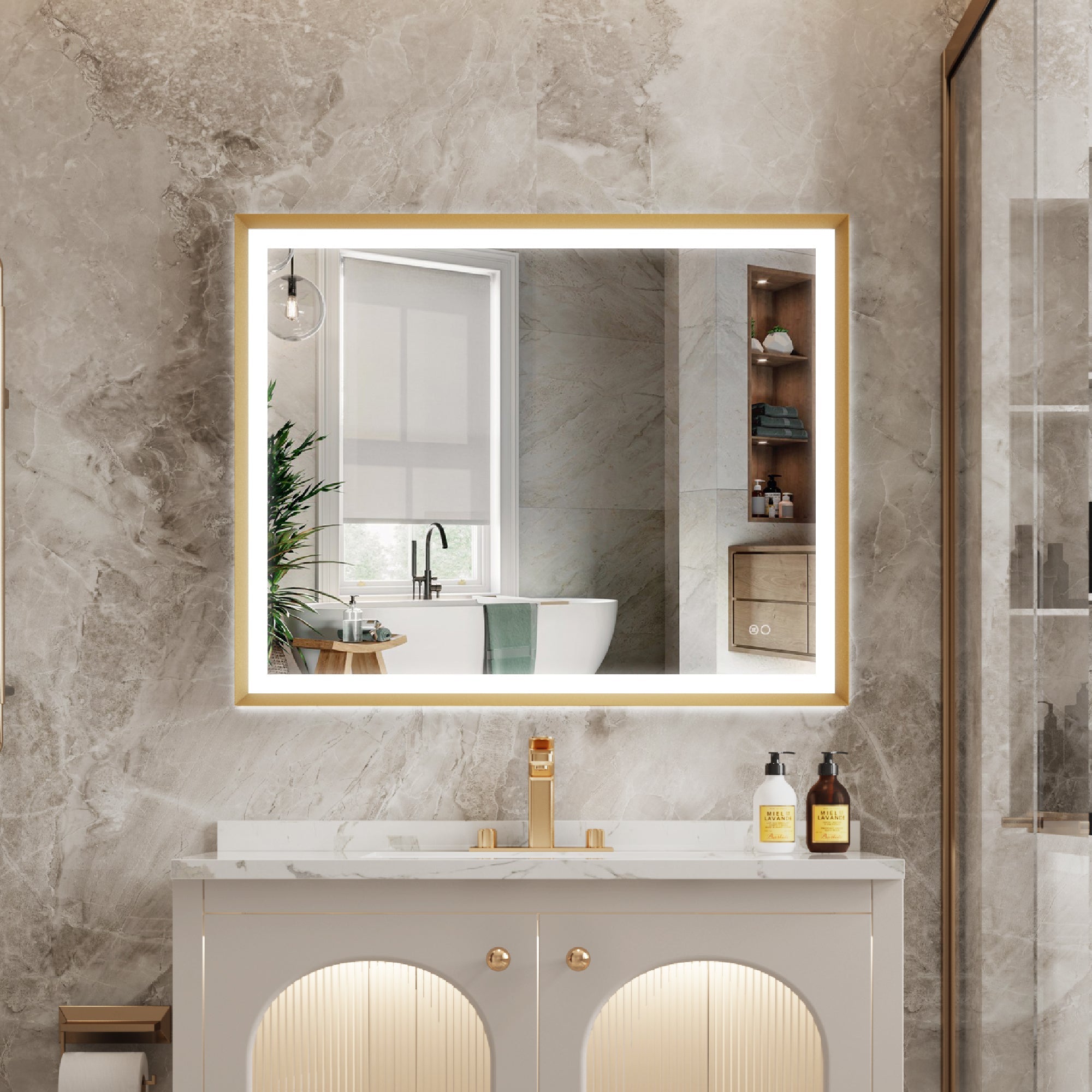

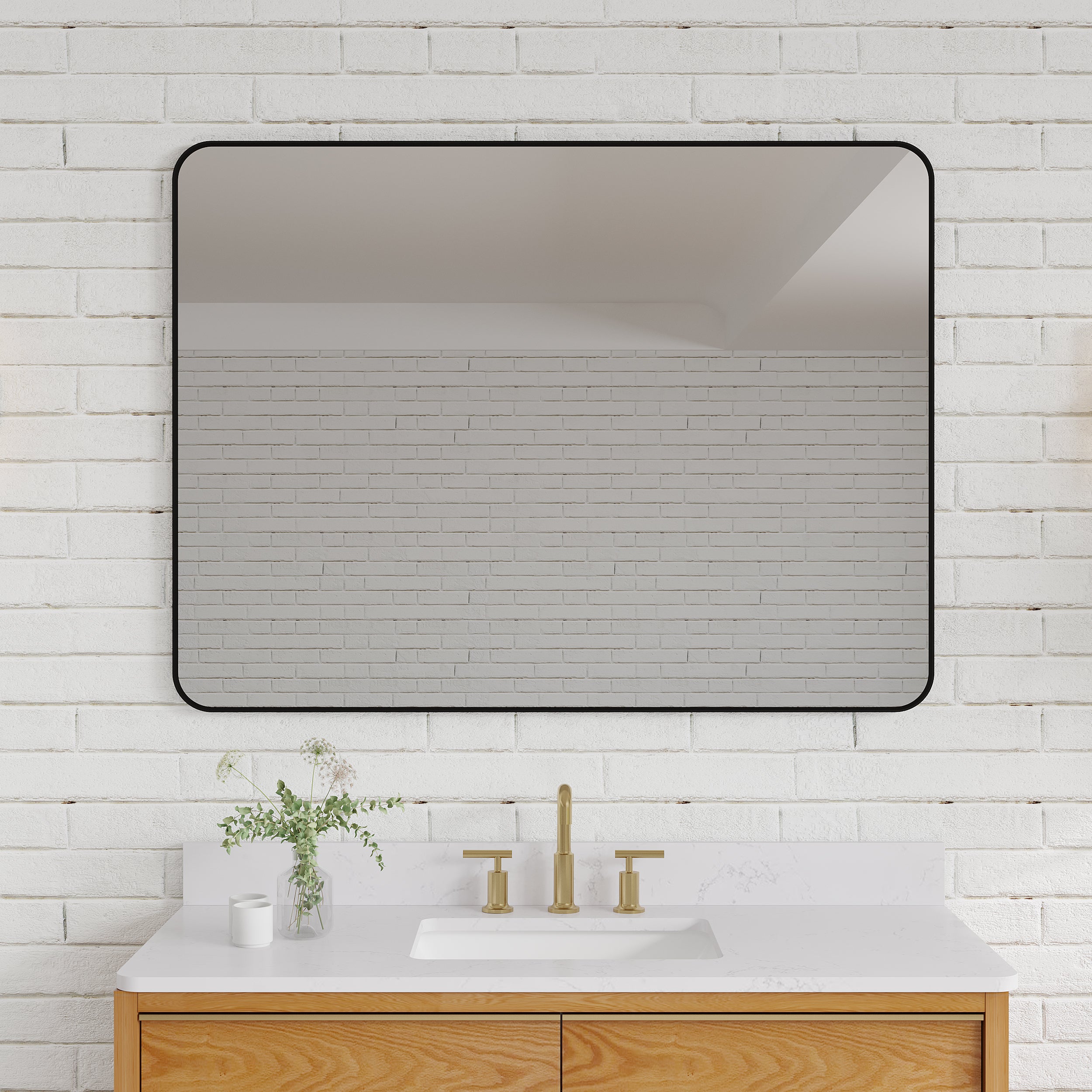

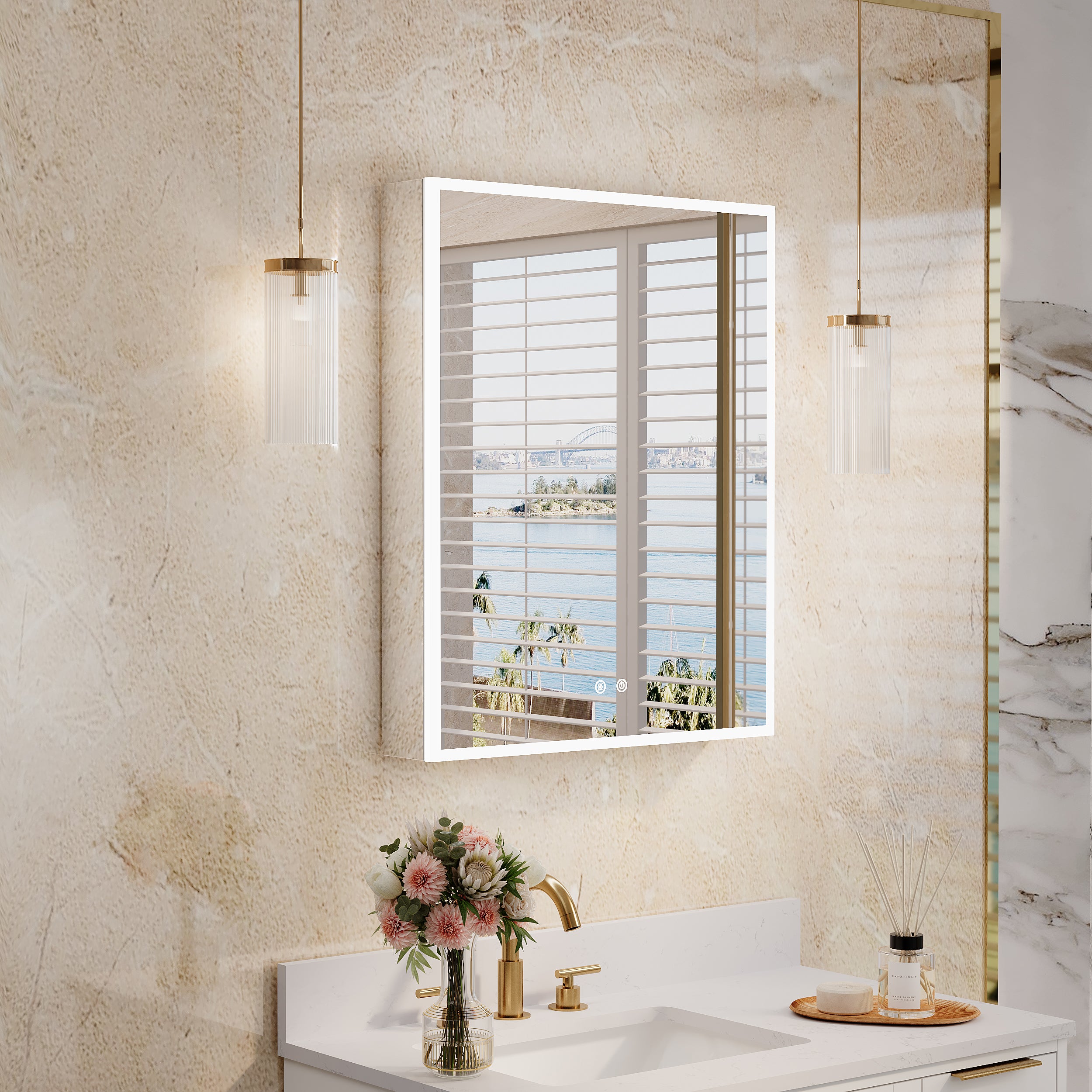
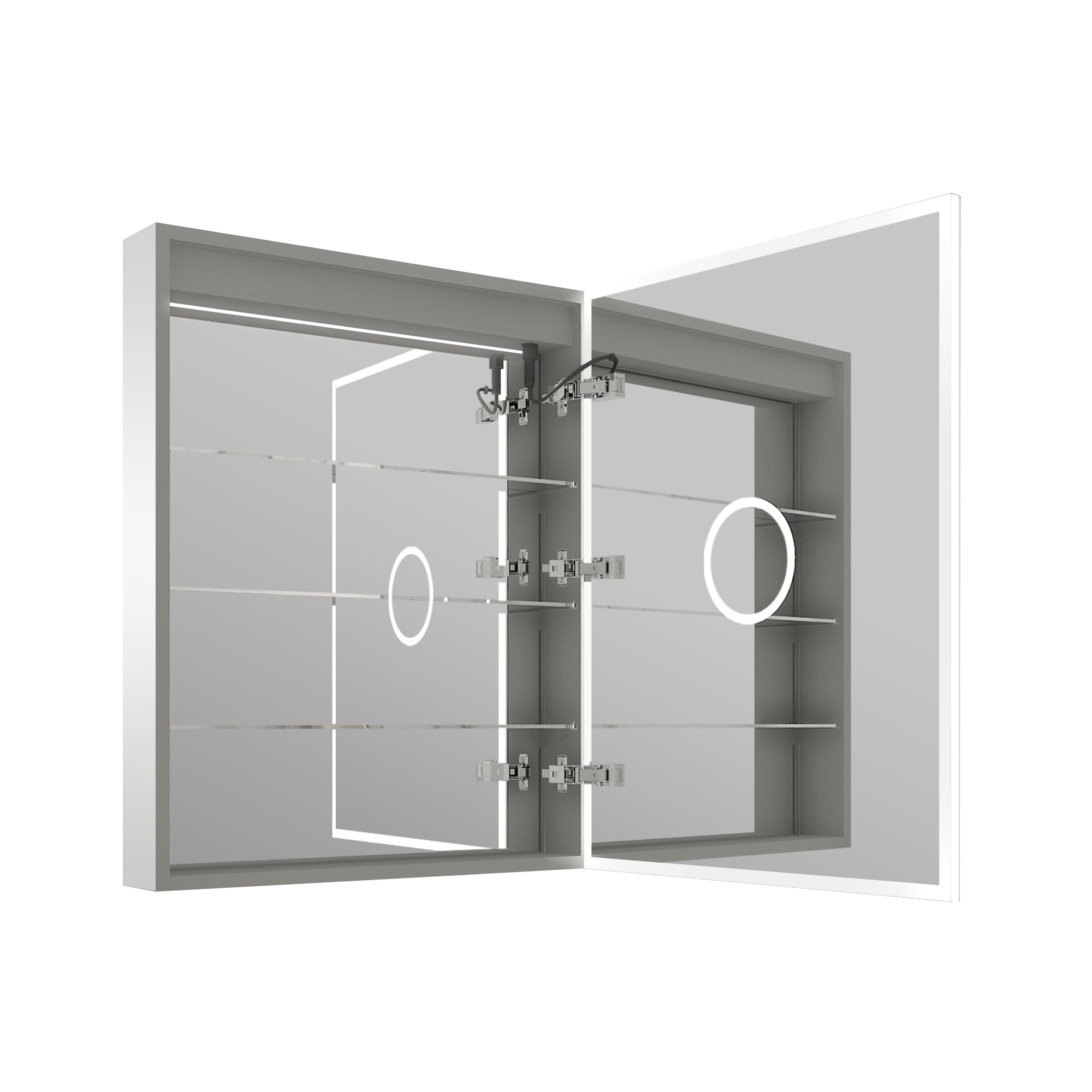


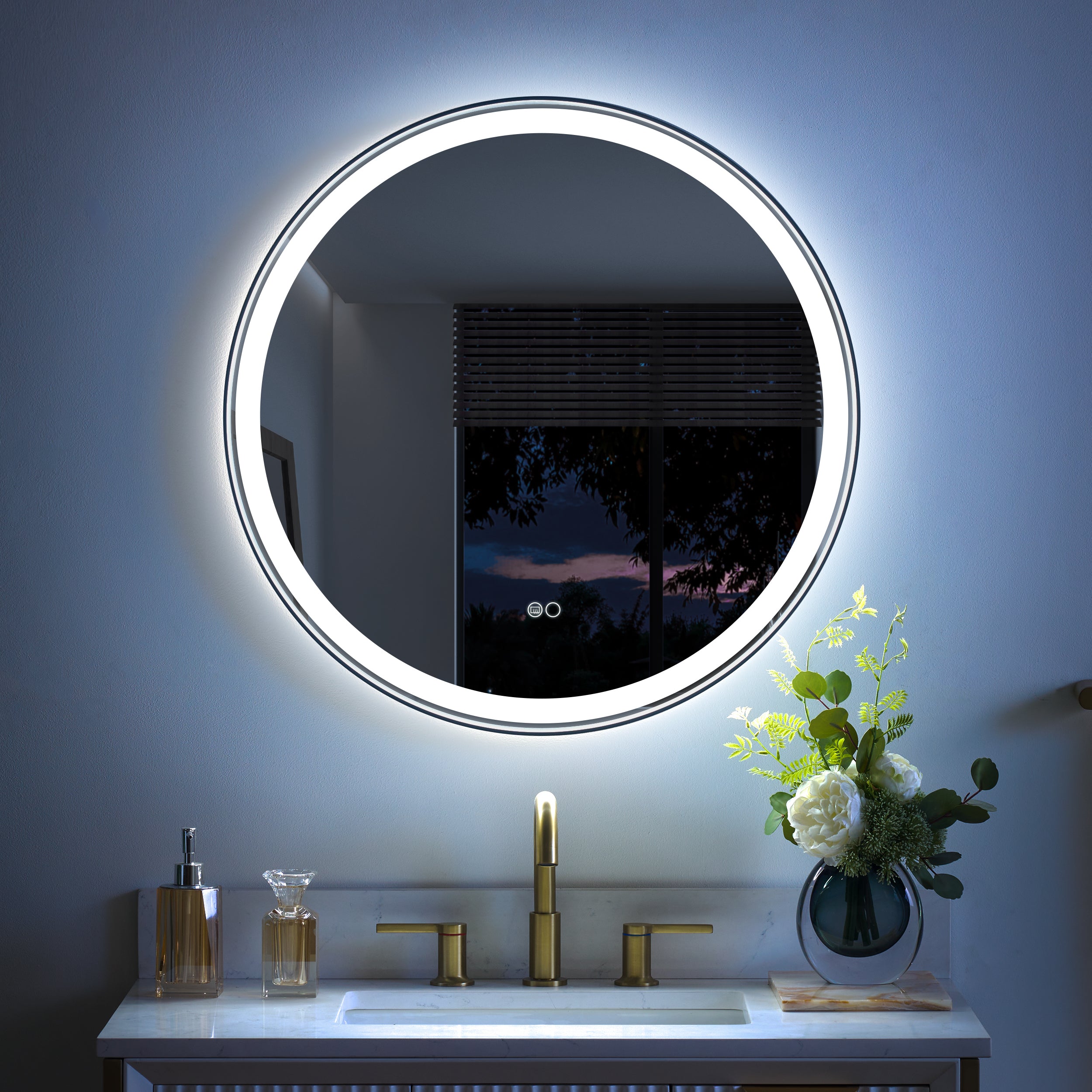
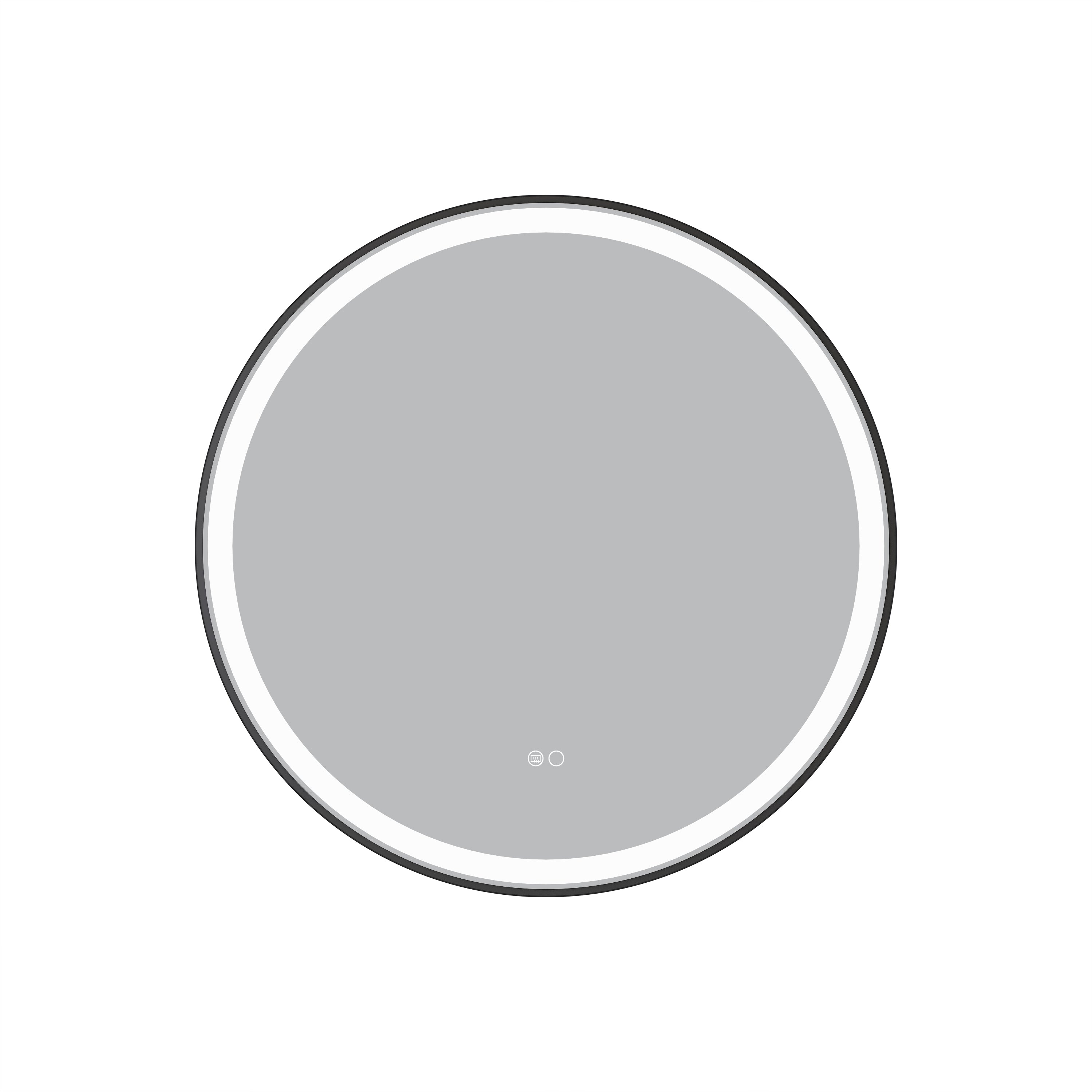
Leave a comment
This site is protected by hCaptcha and the hCaptcha Privacy Policy and Terms of Service apply.